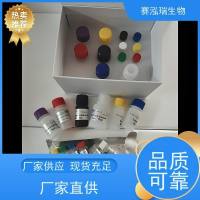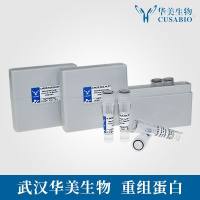Surface Acoustic Wave (SAW) Biosensors: Coupling of Sensing Layers and Measurement
互联网
互联网
相关产品推荐

神经纤维素2(NF2)检测试剂盒ACN; BANF; SCH; Merlin; Bilateral Acoustic Neuroma; Schwannomin; Schwannomerlin; Moesin-Ezrin-Radixin-Like Protein
¥800

OPN1LW/OPN1LW蛋白Recombinant Human Long-wave-sensitive opsin 1 (OPN1LW)重组蛋白Long-wave-sensitive opsin 1(Red cone photoreceptor pigment)(Red-sensitive opsin)(ROP)蛋白
¥9720

TACSTD2/TACSTD2蛋白Recombinant Human Tumor-associated calcium signal transducer 2 (TACSTD2)重组蛋白Cell surface glycoprotein Trop-2 (Membrane component chromosome 1 surface marker 1) (Pancreatic carcinoma marker protein GA733-1)蛋白
¥1368

Recombinant-Pig-Extracellular-calcium-sensing-receptorCASRExtracellular calcium-sensing receptor; CaSR Alternative name(s): Parathyroid cell calcium-sensing receptor; PCaR1
¥10626

Recombinant-Moorella-thermoacetica-Cobalt-transport-protein-CbiMcbiMCobalt transport protein CbiM Alternative name(s): Energy-coupling factor transporter probable substrate-capture protein CbiM; ECF transporter S component CbiM
¥10864

